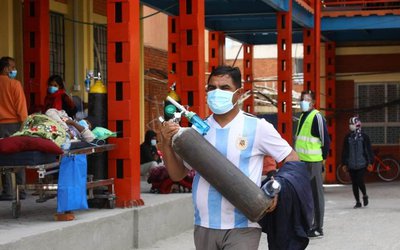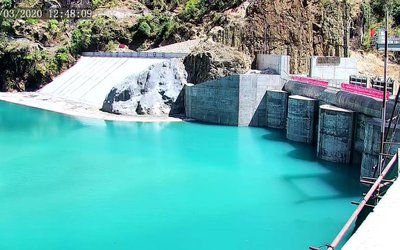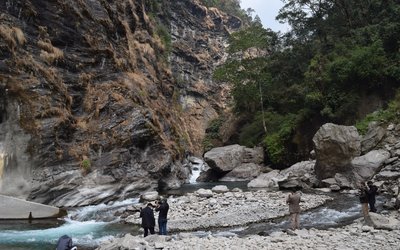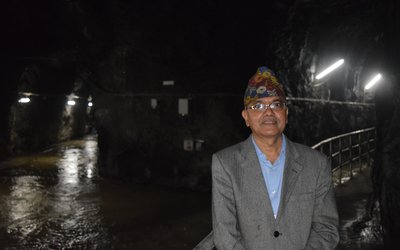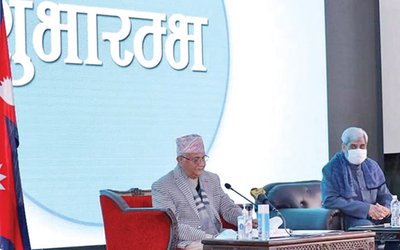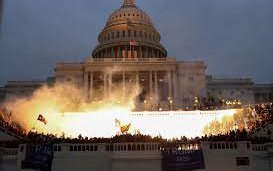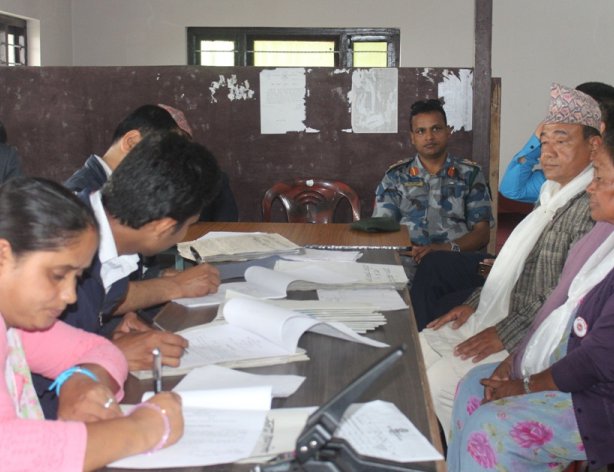
With the finalization of their candidates, Nepal’s political parties are finally heading for the next round of elections, to the House of Representatives and Provinces, hoping to end the prolonged political transition and bring economic prosperity to the country. For the last six decades, politicians have been justifying the political change as needed for political stability. However, Nepal has been under a constant path of controlled anarchy and instability. Given the constitutional and legal provisions, no one can expect a new government will enjoy majority and stability. Although two major communist parties have formed a communist alliance and Nepali Congress has formed another alliance with the rightist parties, they have neither ideological homogeneity nor personal compatibility. This means there will be more instability, following the completion of the elections.
A new phenomenon will be the decentralization of instability to the seven provinces as well. As in the center, one can hardly expect to see a majority for a particular group. All the seven provinces will have hung legislatures and there will be frequent change of government and alliance as well. Given this scenario, Nepal is entering into another phase of prolonged instability, much higher in intensity than the present one. With organized regular cadres and well managed elections campaign, the Communist Alliance seems to be in a slightly better position in the coming elections than the democratic alliance.
But the prediction that there will be little chance for any block to secure the majority looks tenable. With the communist alliance in the front, however, means an intensification of radicalization of the political process. Given Nepal’s sensitive location, communists leading, although it does not create any fundamental problems, will push Nepal towards north ideologically. Communist alliance may take steps to destabilize institutions, which have direct links with the south. Internally weak and unstable Nepal will further complicate the situation. As we have been saying, elections or no elections, federal or unitary forms, instability in Nepal has no immediate solution given at the hand of the current set of political leaders, who are unpopular and tainted, with corruption and nepotism charges. As the elections are in the corner, we have a story of a figure, Himalaya Sumsher Rana, for our cover, where he shares his views and ideas as an observer of all elections of Nepal and enlightened citizen.
- TANAHU HYDROPOWER PROEJCT: A Significant Achievement
- Apr 15, 2024
- AMBASSADOR HANAN GODAR: Sharing Pain With A Nepali Family
- Mar 30, 2024
- VISIT OF KfW AND EIB TO NEPAL : Mission Matters
- Mar 25, 2024
- NEPAL BRITAIN SOCIETY: Pratima Pande's Leadership
- Mar 24, 2024
- NEPAL ARMY DAY: Time To Recall Glory
- Mar 15, 2024

